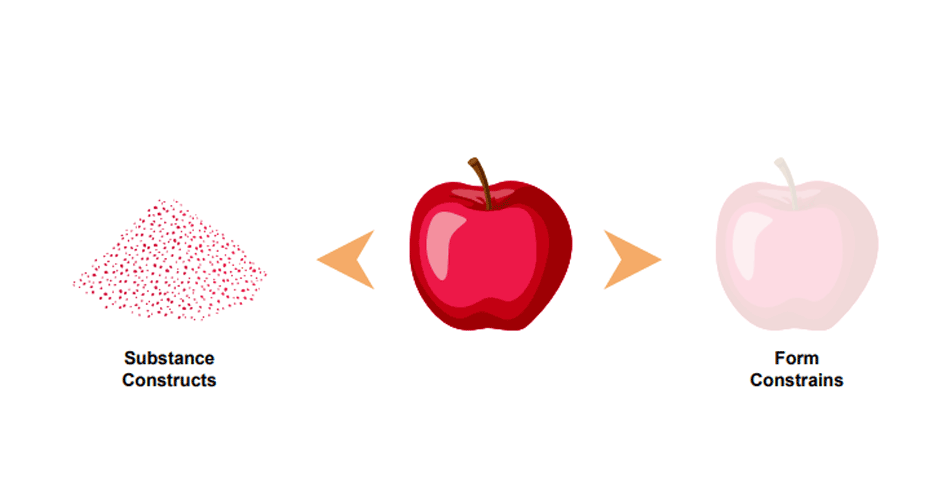Interesting find
I have recently found this website by John McCrone. It seems promising although I am currently too busy to read it, but I will.
dichotomistic

This site is large. There are several books worth of material here. It also mixes the scholarly and the popular. This FAQ will help you decide whether the site has anything to offer you.
Q: What is the main purpose of Dichotomistic?
A: It is about logic. Organic logic. A logic is a model of how the world might work. With a logic, you can predict things. Perhaps even know things. Ordinary cause and effect logic serves us well for everyday chores. But it fails at the limits of science, such as when it comes to explaining minds or universes or the quantum realm. Or when we indeed ask that truly ultimate question: “Why anything?”. As Wittgenstein famously said, the mystery is not how or what the world is, but that it is. Why the existence of a something when a nothing would be so much simpler? Well, organic logic gives us a new way of thinking about such ultimate questions.
Q: Are you for real?
A: There are enough cranks on the net. But this is a serious work that follows in an established metaphysical tradition. Ancient Greeks like Anaximander and Aristotle were organicists. So were early Hindu and Buddhist thinkers. Hegel got quite close with his dialectics. CS Peirce got very close with his semiotics. In the 20th Century, there were many moves in the direction taken here, such as holism, systems science, structuralism, cybernetics, ecology, complexity theory, hierarchy theory. That is one reason the site has ended up so large. It brings together a great many scattered threads of thought.
Q: So where do dichotomies fit in?
A: The dichotomy is the process, the way things happen. A dichotomy is a splitting into two. But more than this, it is a splitting that is logically complete as everything left must become either one kind of thing or the other. And it is a separation that is asymmetric. The two limit state outcomes are logically as different as they can be.
Q: Now that sounds like mumbo jumbo.
A: Sorry. it is easy to get carried away. So for the moment just consider how these familiar examples of dichotomies seem to capture something true about the world. Think of figure~ground for instance (the little connecting squiggle is the mark of an asymmetric dichotomy). For there to be a mark like a dot on a sheet of paper, there must also be a context, the sheet of paper. Each is a separation from the other in some sense.
Or what about local~global, substance~form, chance~necessity, matter~mind, atom~void, discrete~continuous, construction~constraint, particular~universal, quantity~quality? The list goes on. Why does the world always break so easily into complementary alternatives, each side defined by being everything the other is not? Mind for example is defined by the absence of matter. And matter by the absence of mind. Something must cause this kind of convenient breaking. It is so orderly that it must harbour a logic of some kind.
Q: You mention vagueness and hierarchies. How do they fit in?
A: The simple way of putting it is that they are the start and end points. For the organic philosopher, when something happens (like a world coming into existence) it begins as a vagueness, a formless chora or potential. This vagueness then gets dichotomised – divided in opposing directions. And out of the division comes the result, a hierarchically organised world. The two opposing tendencies mix across all scales to create a complex system. So vagueness => dichotomy => hierarchy forms our fundamental causal trajectory. The dichotomy is the process that links the beginning to the end. And so it is the bit on which we need to focus in formalising an organic logic.
Q: Are you preaching revolution here?
A: Organicism in its many historic guises, such as naturphilosophie, or Marxian dialectics, or holism, or Peircean semiotics, is often presented as revolutionary. And as far as science is concerned, it has equally often been deemed a failure. I think there have been two reasons for this.
First, the organic alternative has not been mathematically formalised. There has not been a logic of the rigour where you could say “now let’s compute”. And second, organic logic has usually been presented as the truth, not a complementary approach. It was a case of organicism right, mechanicalism wrong. Here I hope to show that the two are in fact quite formally reflections of each other. In fact, two halves of a dichotomy – mechanical~organic. Which would certainly be a “logical” idea for anyone who actually believes in the logic of dichotomies.
Q: So is this site just all about logic?
A: In fact there is a ton of stuff about human evolution, neuroscience and cosmology. I have written four books and hundreds of articles about the brain and the evolution of the human mind. I also used to run a website called the Neuronaut’s Guide to the Science of Consciousness. Much of the earlier material is here plus a lot of new stuff. You can read about feral children, dreaming, the evolution of language, Vygotskian psychology, brain development, IQ research, neural codes and animal minds. Then there is the new stuff about the Big Bang, relativity, strings, quantum mechanics.
Q: Why so much else?
A: I started off in psychology and neuroscience. Over about 15 years that led via chaos theory and hierarchy theory to organic logic. Then I found the right logic for talking about the mind also turned out to have new things to say about the realm of matter. So dichotomies now form the front end to this site. Then having introduced the general causal model, I branch off to consider its application to mind and matter – the two extremes of scientific understanding.
Q: Who are the critical thinkers in this story?
A: Anaximander and Aristotle, Hegel and Spinoza, Peirce and Whitehead, Bergson and Lloyd Morgan, Wundt and Engels, Alexander and Broad, Ashby and Maturana, von Bertalanffy and Santayana, Bogdanov and Kohler, Cannon and McCullough, Hebb and MacKay, Bateson and Schrödinger, Prigogine and Sperry, Spencer Brown and Polanyi, Koestler and Weiss, Eigen and Thom, Haken and Kauffman, Pattee and Capra, Grossberg and Rosen, Kelso and Salthe. Most of these guys were organicists, holists, systems thinkers or hierarchy theorists of some stripe.











Responses